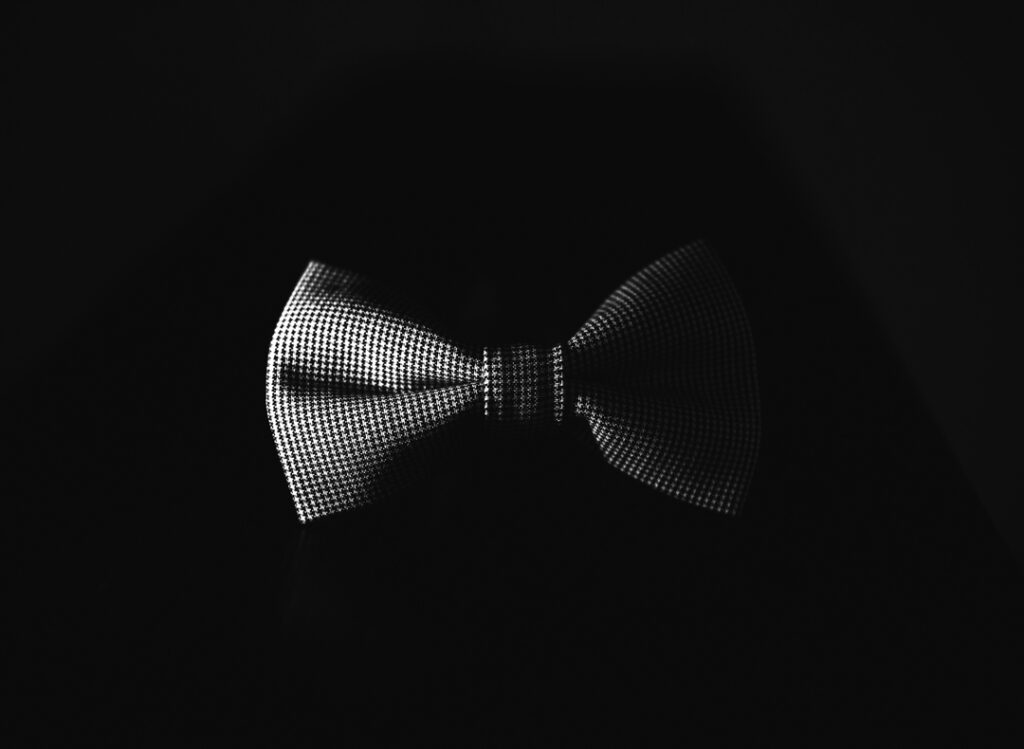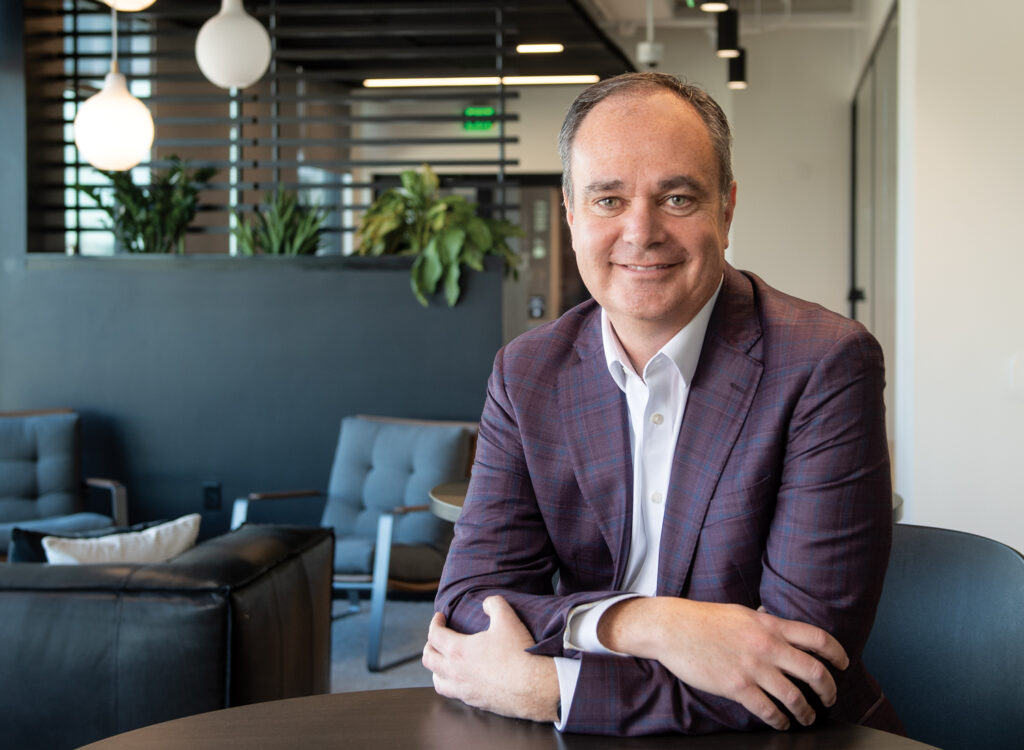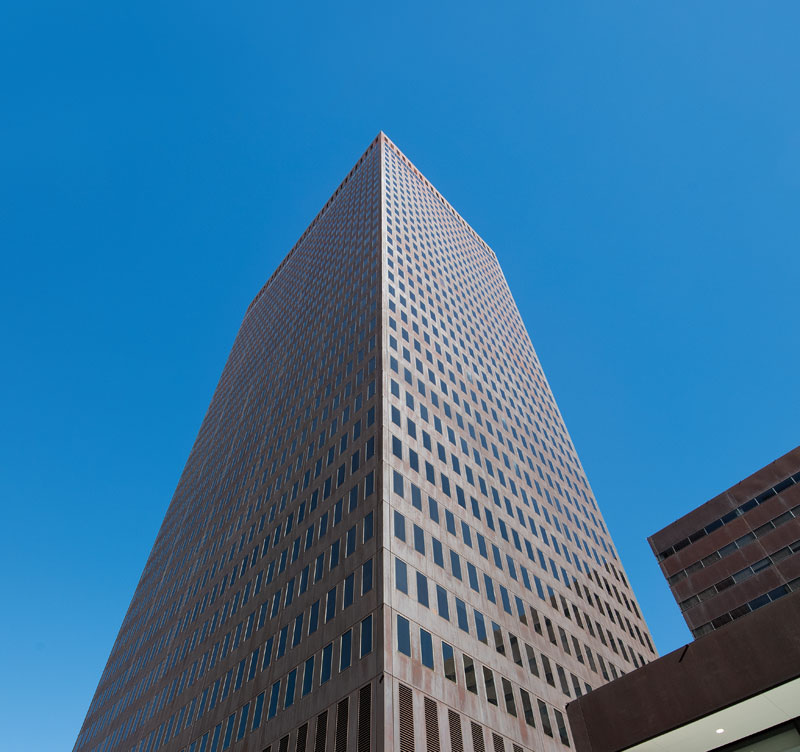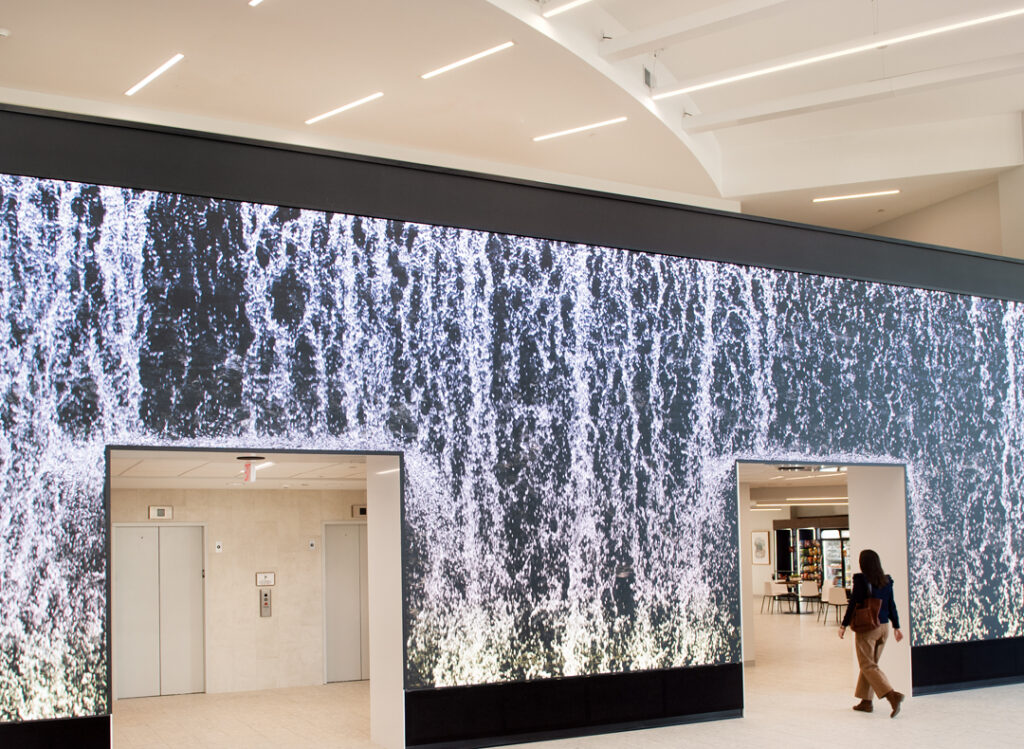The Elbert Files: Disrupting the auto industry

What they say about the power of Tesla’s electric car is true. Going from zero to 60 mph in less than three seconds snapped my head back, even when I knew it was coming.
In fact, a full century after the earliest electric cars were sidelined by gasoline engines, California-based Tesla is poised to snap a lot of heads.
I met Tesla owner David Darrow, 38, of Grimes recently at the Roosevelt Shopping Center for a ride in his Tesla Model S P85D, a four-door sedan powered by two motors; one for the front wheels and a second for the rear.
The Model S with a driving range of 265 miles was introduced in 2012. Since then more than 100,000 have been sold at prices ranging from $60,000 to more than $150,000. A new Model 3, which starts at $35,000 with a driving range 215 miles, is set to arrive next year and has already generated an estimated 400,000 pre-orders.
Teslas are difficult for Iowans to buy, because they are sold at manufacturer-owned showrooms. The closest to Iowa are in Chicago, Minneapolis and Kansas City.
As we headed west on Interstate 235, he showed me several features, including autopilot, a lane-departure warning that vibrates when you change lanes and a computer that reads speed limit signs.
Darrow confessed that when he first drove a Tesla, he had not expected to enjoy it.
“In the fall of 2014, we were passing through Chicago and had a few hours to burn,” he said, so he located Tesla’s sales office.
“I thought it would be boring,” he said. “But I was wrong. In the first couple blocks, I couldn’t believe how unique and smooth and refined it felt.”
He made a down payment that day and took delivery in June 2015.
Since then, he’s put a little more than 21,000 miles on the car.
When I asked how much he spends on electricity to recharge the batteries, he said the total so far is around 7,585 kilowatt-hours. At 11 cents per kwh, that’s 4 cents a mile, he said, assuming all the recharging is done at his home, which it isn’t.
A fair amount of Darrow’s recharging takes place at public charging stations provided at no cost by Hy-Vee, Tesla and others.
Charging times can vary widely depending on power supplies. So far, many public stations are slower than the high-power charger Darrow has at his home, which can add about a mile for his car for every minute of charge.
As we drove west on I-235, we talked about Tesla’s business model, which has yet to turn a meaningful profit since going public at $17 a share in 2010. But the company did generate more than $4.5 billion in revenue during the 12 months ended June 30, with a share price above $200 for most of the last two years.
When I asked Darrow to demonstrate Tesla’s zero-to-60 performance, we drove to a paved road southwest of Jordan Creek mall and he stopped the car.
My plan was to count the seconds on my digital watch, but my neck was jerked back and my eyes lost contact with the watch for the less than 3 seconds it took to hit 60 mph.
When I drove back to town, I discovered another unexpected feature.
The Tesla, which has no transmission, has brakes, but less need for them than normal cars. When I took my foot off the accelerator, the car did not coast. The electric motor slowed and so did the car, almost as if I was applying the brake.
One other thing, Darrow said: With fewer moving parts, “maintenance is darned near nonexistent.”











